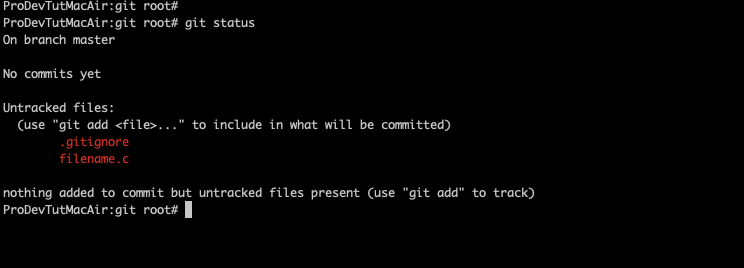

Git will throw an error if the changes in the branch you’re trying to delete are not fully merged into the current branch. The branch that you switch to makes a difference. You first need to checkout a different branch, then run the command: git branch -d BRANCH-TO-DELETE Git won’t let you delete a branch that you’re currently on.

Git branch -move OLD-BRANCH-NAME NEW-BRANCH-NAME Delete a Branch To rename a branch, run the command: git branch -m OLD-BRANCH-NAME NEW-BRANCH-NAME The parent branch is the branch you’re on when you create the new branch. When you create a new branch, it will include all commits from the parent branch. The following commands do the same thing: # Two-step method You can pass the -b option (for branch) with git checkout. There’s a shortcut to create and checkout a new branch at once. You’ll need to run git checkout NEW-BRANCH-NAME to switch to it. Note that this command only creates the new branch. To create a new branch, run the command: git branch NEW-BRANCH-NAME

You can use the -a (or -all) option to show the local branches as well as any remote branches for a repository. The list of branches will include the SHA-1 value and commit subject line for the HEAD of each branch next to its name. For more details about the branches, you can use the -v (or -vv, or -verbose) option. There are a number of different options you can include with git branch to see different information. There will be an asterisk (*) next to the branch that you’re currently on.

To view both remote-tracking branches and local branches, run the command: git branch -a To view the branches in a Git repository, run the command: git branch Git’s branching functionality lets you create new branches of a project to test ideas, isolate new features, or experiment without impacting the main project.


 0 kommentar(er)
0 kommentar(er)
